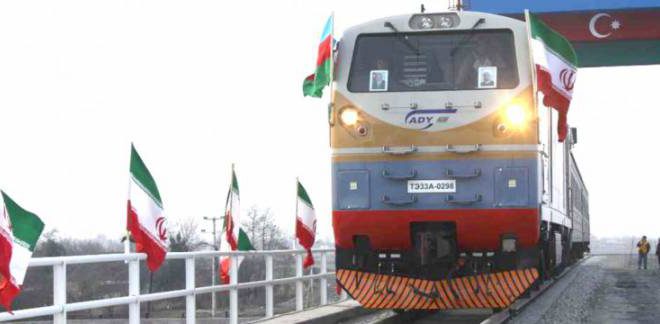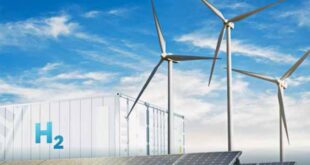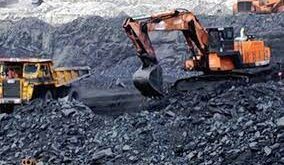Iran. Russia and Azerbaijan have agreed to reduce tariffs on interstate cargo transit by 50% as part of efforts to activate the International North-South Transport Corridor. which aims to connect India to Europe.
The agreement was reached in a trilateral meeting on Tuesday in Moscow where rail officials from the three countries discussed ways of activating the INSTC project.
The major transit route is designed to facilitate the transportation of goods from Mumbai to Helsinki. using Iranian ports and railroads. which the Islamic Republic plans to connect to those of Azerbaijan and Russia.
An official with the Islamic Republic of Iran Railways. Hossein Ashouri. was quoted as saying by Mehr News Agency that all sides hope to activate the corridor later in 2017.
IRIR is currently building a railroad from the Iranian Caspian port city of Astara to the border with Azerbaijan. from where it will be extended to another city also named Astara in Azerbaijan.
A completed section of the railroad was tested late Friday after a train set off on a maiden journey from Azerbaijan’s Astara. The train travelled 8 kilometers to the border from where it entered the Iranian section of the route.
Younes Ranjkesh. governor of the northeastern Iranian port. said last week that Iran has started laying tracks on the Iranian section. adding that in the first phase. track-laying for 0.6 kilometers will be carried out.
The Astara-Astara project includes a bridge on Astarachay River stretching along the border. which was built by Azerbaijan.
Ashouri said the 2-km-long Iranian section will be completed in two months. adding that Iran’s collaboration with the neighboring country in constructing the rail link indicates the two sides’ strong determination to activate the international route.
Soon after the border project is complete. Tehran and Baku will start work on its extension to the city of Rasht in northern Gilan Province.
Azerbaijan has agreed to invest $500 million to build the railroad that is one of the main links in INSTC.
Another missing link is a route from Qazvin to Rasht. The construction of this section is in the final stage. The route includes Iran’s biggest rail bridge with a length of 1.43 km on Sefidroud river in the city of Manjil in Gilan Province.
“The Qazvin-Rasht route will become operational in three months at most.” Ashouri said. adding that Iran will then be ready to activate the INSTC.
Despite a missing rail link from Rasht to Astara. the Islamic Republic will use a multimodal transport system from its southern ports to Astara until the incomplete rail connection is added to the pathway.
The INSTC will connect Iran with Russia’s Baltic ports and give Russia rail connectivity to both the Persian Gulf and the Indian rail network.
This means goods could be carried from Mumbai to the Iranian port of Bandar Abbas and further to Baku. They could then pass across the Russian border into Astrakhan before proceeding to Moscow and St. Petersburg. before proceeding toward Europe.
The corridor would substantially cut the travel time for everything from Asian consumer goods to Central Eurasia’s natural resources to advanced European exports.
When completed. the INSTC is expected to increase the volume of commodities currently traded between Iran and Azerbaijan from 600.000 tons to 5 million tons per year. dramatically increasing bilateral trade from the current $500 million per year.

 Iran Energy News Oil, Gas, Petrochemical and Energy Field Specialized Channel
Iran Energy News Oil, Gas, Petrochemical and Energy Field Specialized Channel



